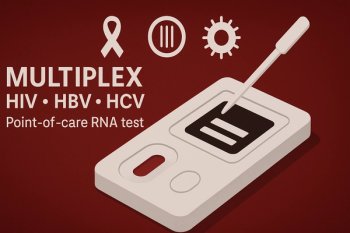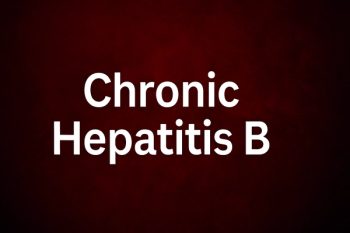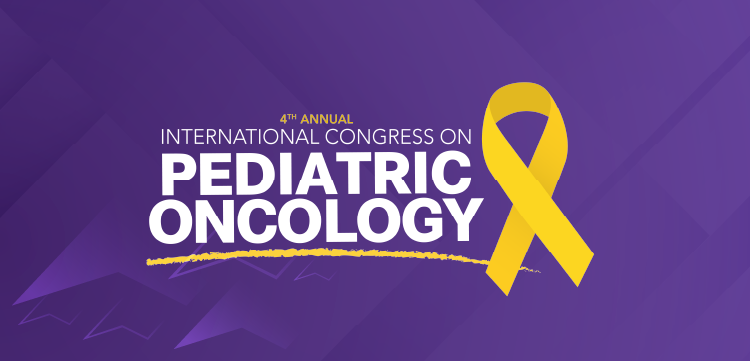
New Initiatives Step Up Global Outbreak Preparedness: Public Health Watch Report
With major outbreak preparedness measures successfully in place at home, major US health institutions are looking to import these efforts overseas.
Everyone knows the scout motto: “Be prepared.”
What fewer people may realize, though, is that the same credo applies to public health professionals.
After the Centers for Disease Control and Prevention (CDC) was
The performance of the EDs in these drills was
Perhaps the fact that the facilities passed 78% of the 95 drills in which they participated isn’t considered “click bait.”
On the other hand, the lack of media attention paid to such preparedness drills may be a good thing. As an expert in the field of “health security” told us recently, public health officials run the risk of being the proverbial “boy who cried wolf” if they highlight too many potential risks and constantly have their local communities on high alert for outbreaks and other forms of public health emergencies—namely,
“It’s a problem if you have the public continually stirred up that there are all sorts of diseases and chemicals that could spread across the country,” the expert, who spoke to us on the condition of anonymity, notes. “Having said that, there are legitimate concerns, and our infrastructure needs to be prepared in the event an outbreak does occur.”
In fact, according to our expert, since the September 11, 2001 terrorist attacks, the United States has made significant improvements to its healthcare and communications infrastructure in order to manage a potential act of bioterrorism as well as a large-scale disease outbreak. “An important consideration with… any outbreak is getting information on cases—who is getting sick and where the disease is coming from—and communicating it to the relevant people across the country,” our expert explains. “We have the capacity to do better, but there is a network in place for rapid response. The change that has taken place since 2001 has been remarkable.”
And, of course, as illustrated by the recent MMWR analysis, most large US hospitals and health departments in major cities across the country regularly conduct drills for emergencies involving mass casualties, including disease outbreaks and acts of bioterrorism. Now, it seems, the officials who spearheaded many of these changes domestically are seeking to import them overseas, to places where they are needed most.
According to September 13, 2017,
“The fact is, most countries are still not prepared and there is limited progress in closing the gaps that have been identified,” Dr. Frieden, who led the CDC through the 2009 global H1N1 swine flu pandemic, MERS, Ebola, and Zika, tells the Tribune. “The world now needs to step up and accelerate these countries to close those gaps.”
No mystery there.
Brian P. Dunleavy is a medical writer and editor based in New York. His work has appeared in numerous healthcare-related publications. He is the former editor of Infectious Disease Special Edition.
Newsletter
Stay ahead of emerging infectious disease threats with expert insights and breaking research. Subscribe now to get updates delivered straight to your inbox.
















































































































































































































































































































